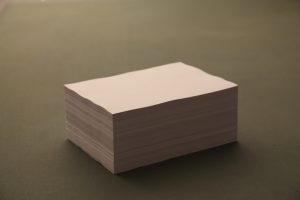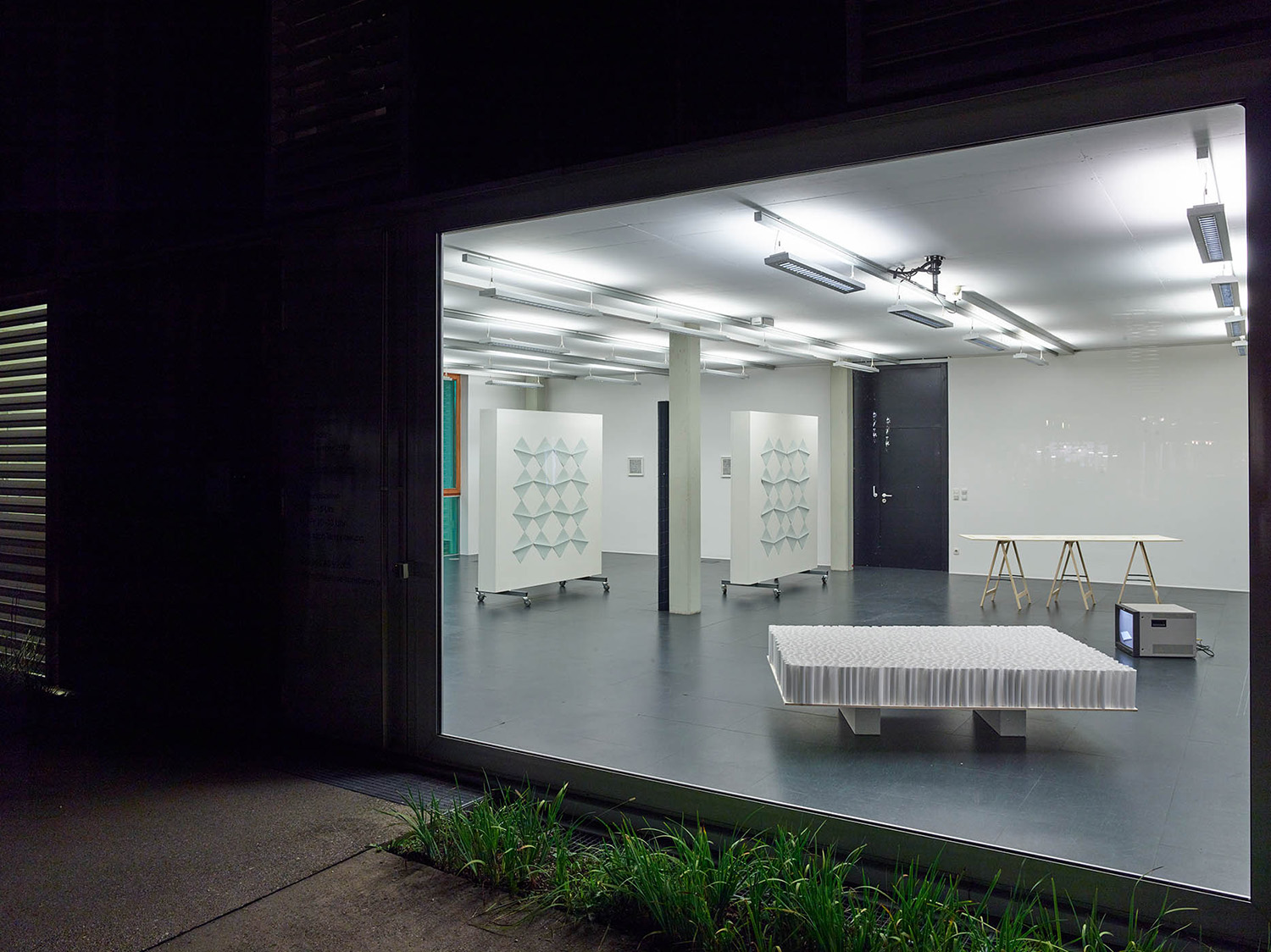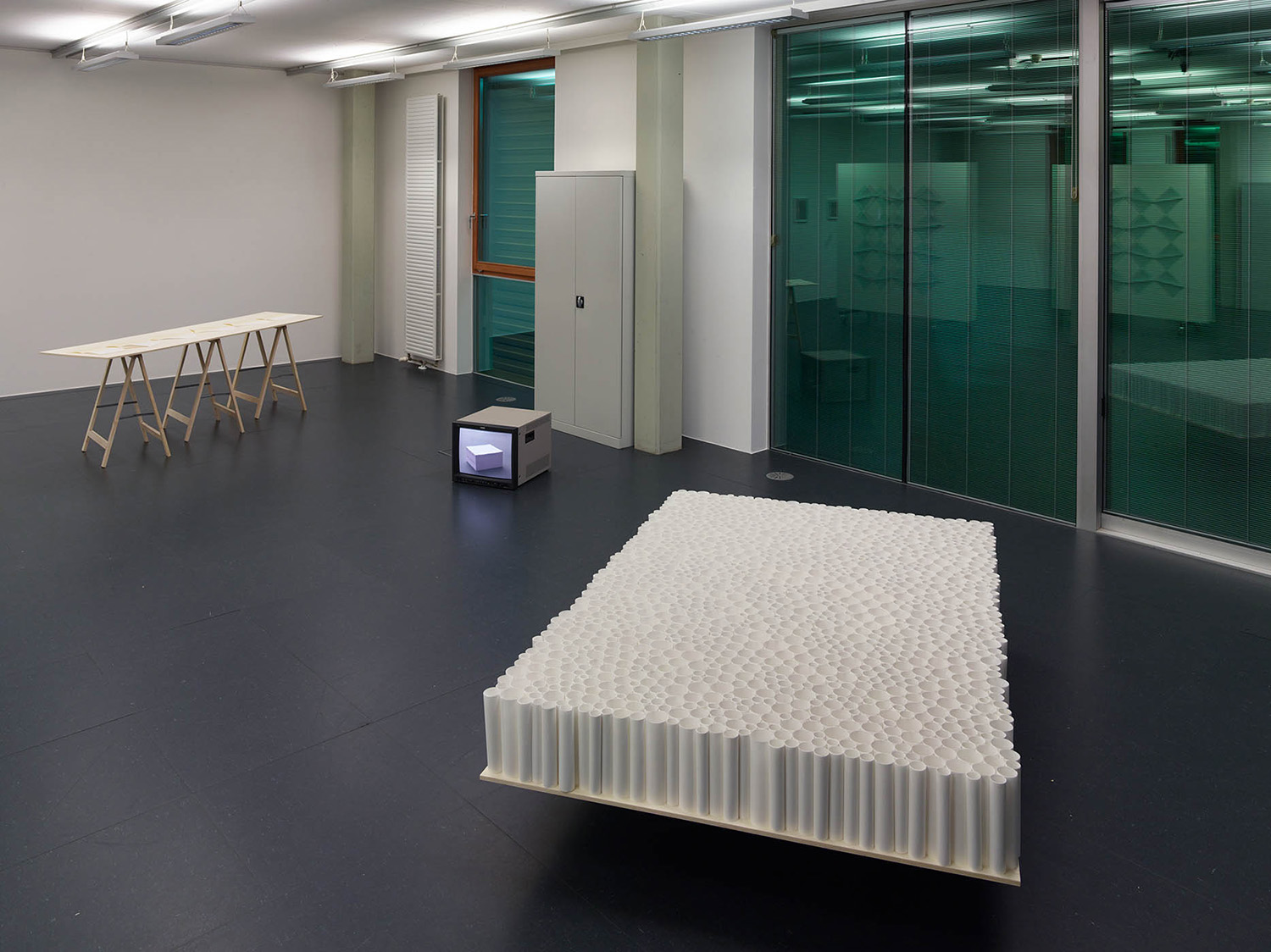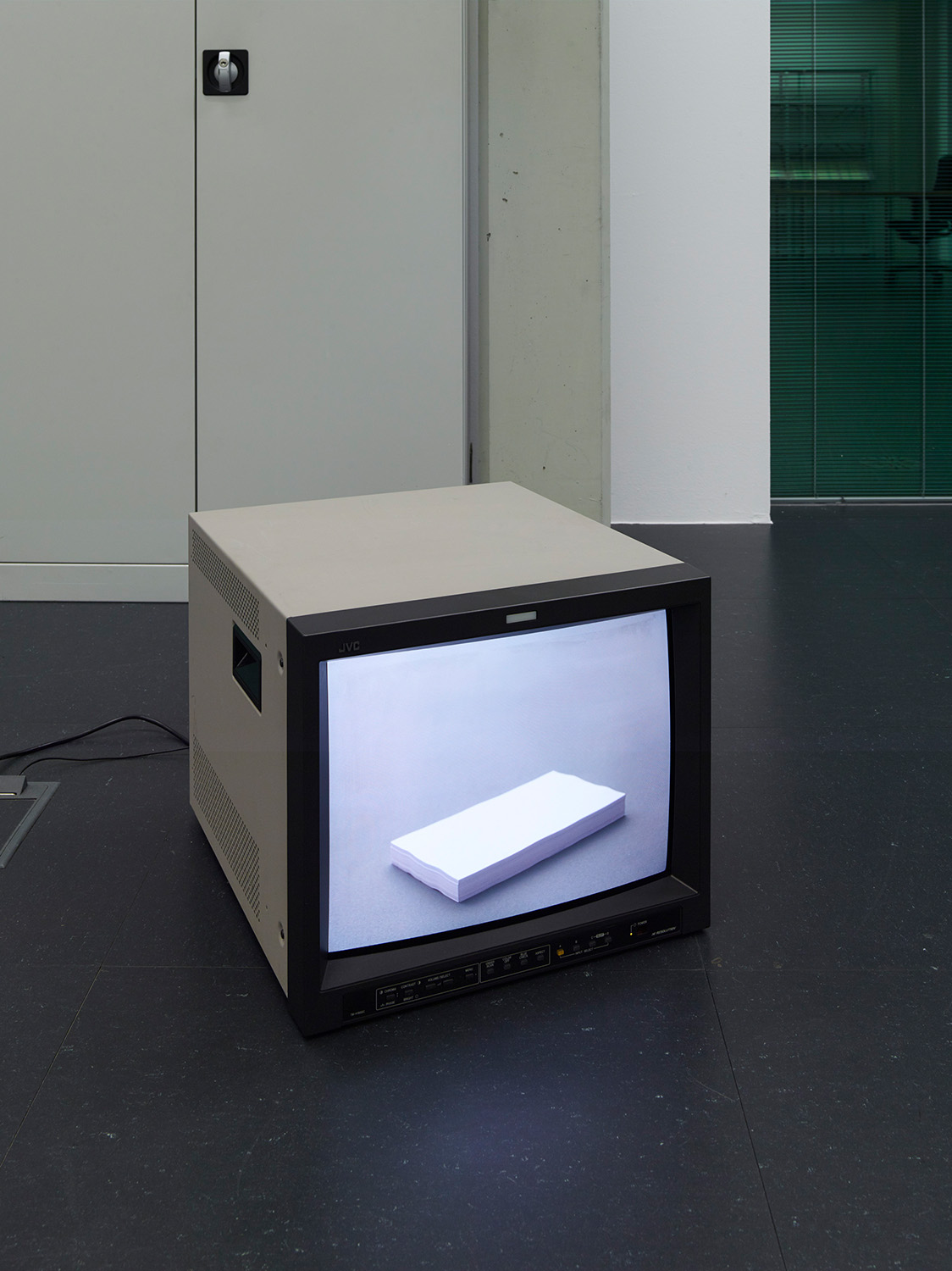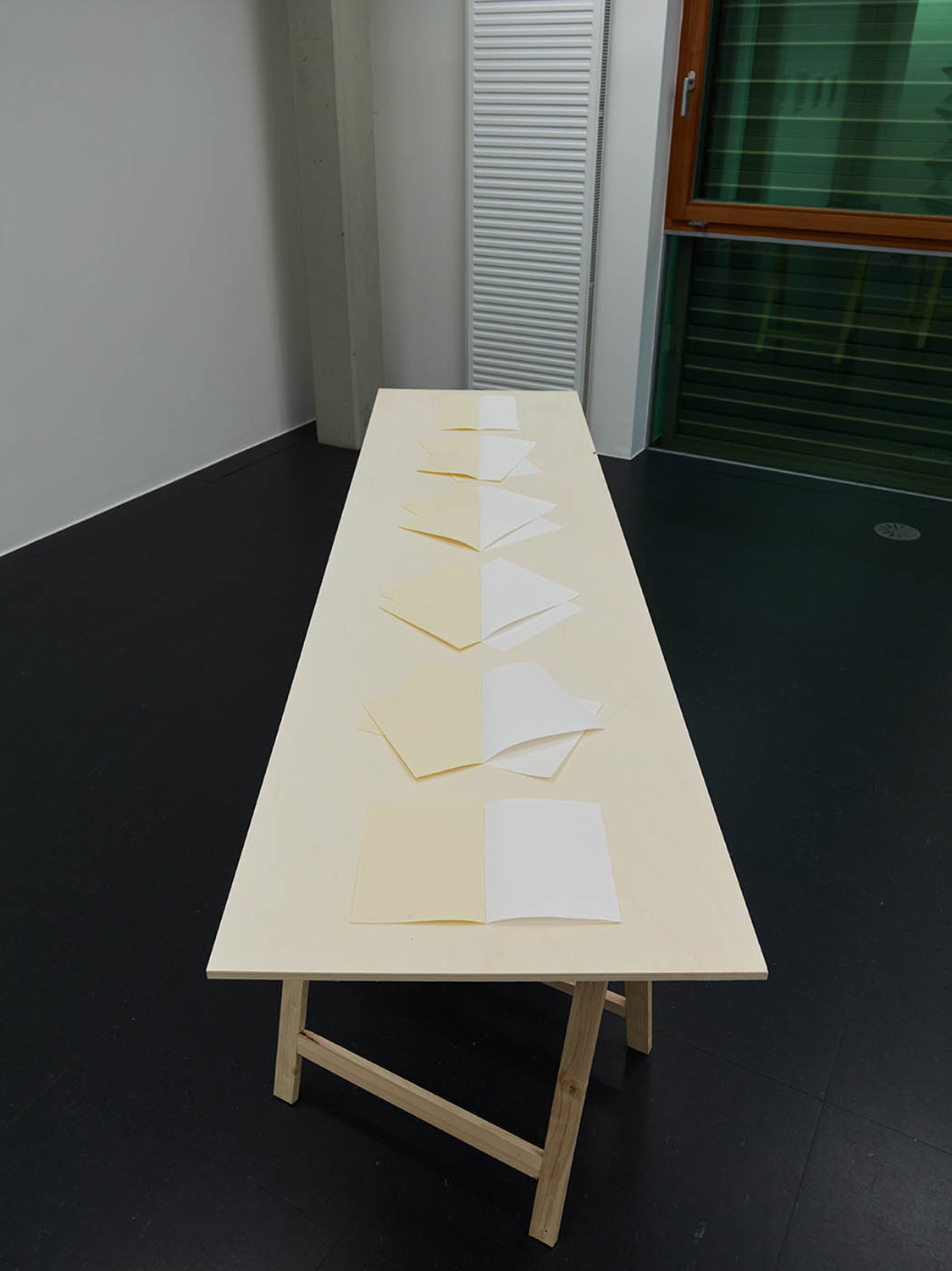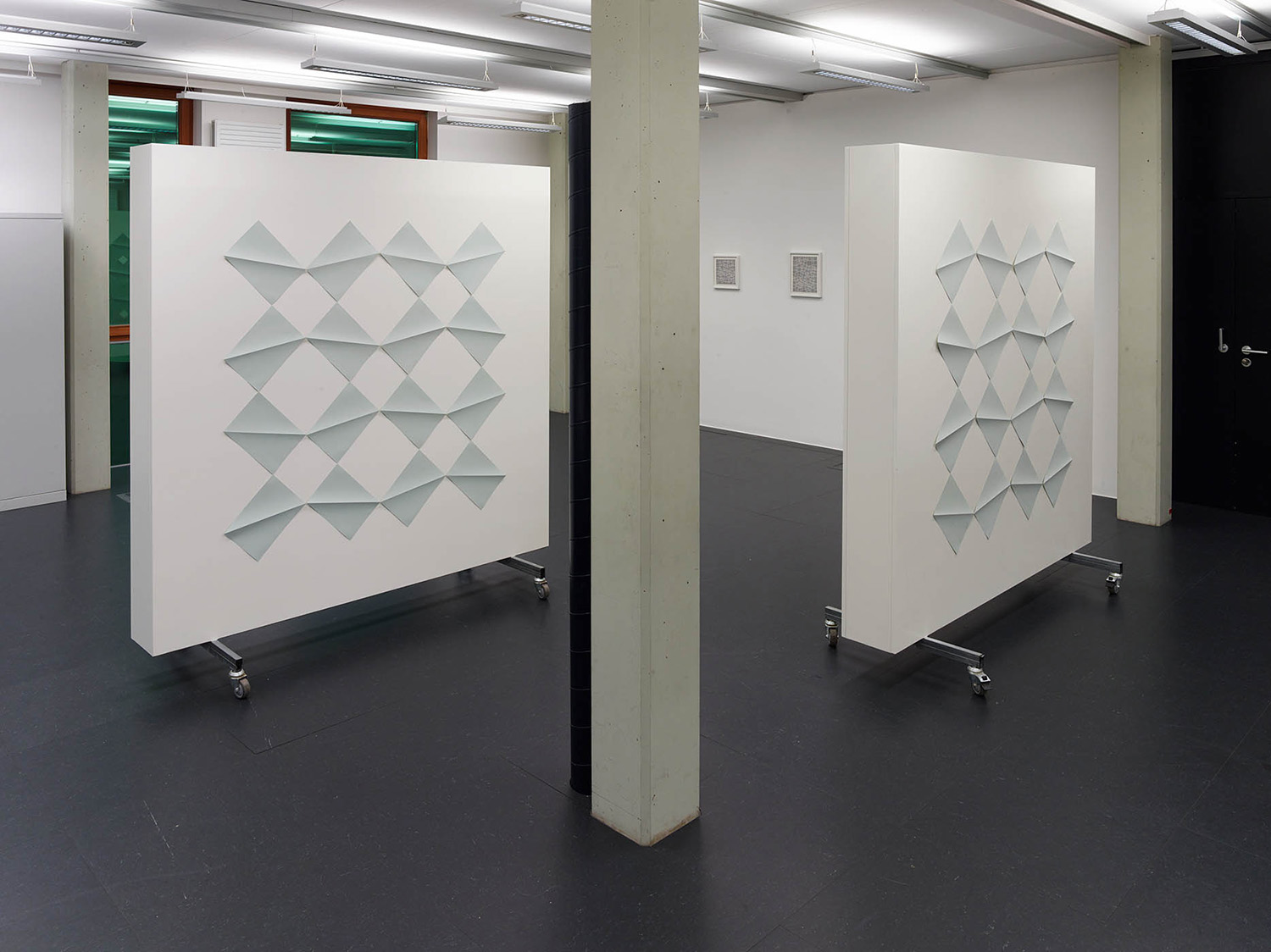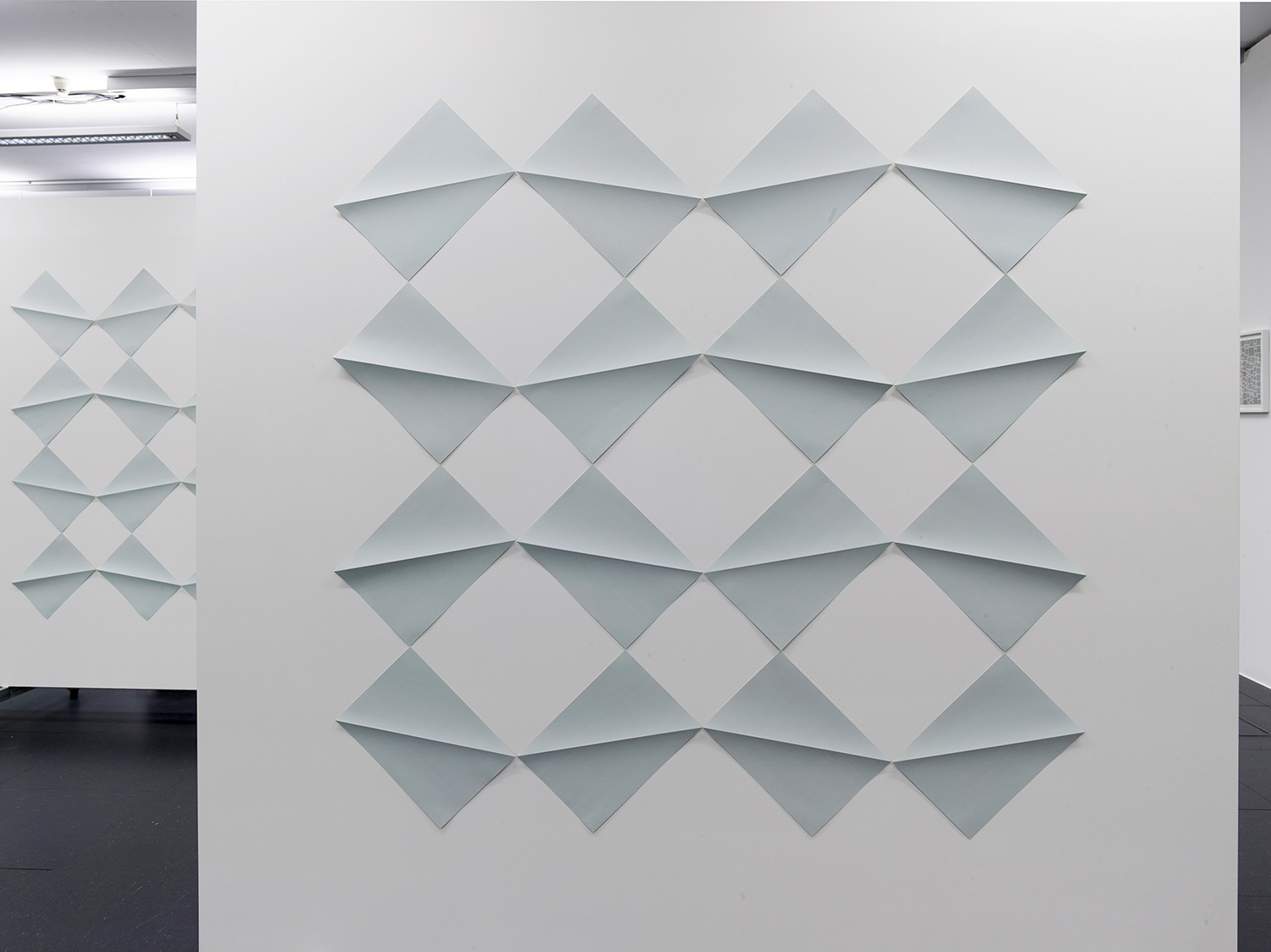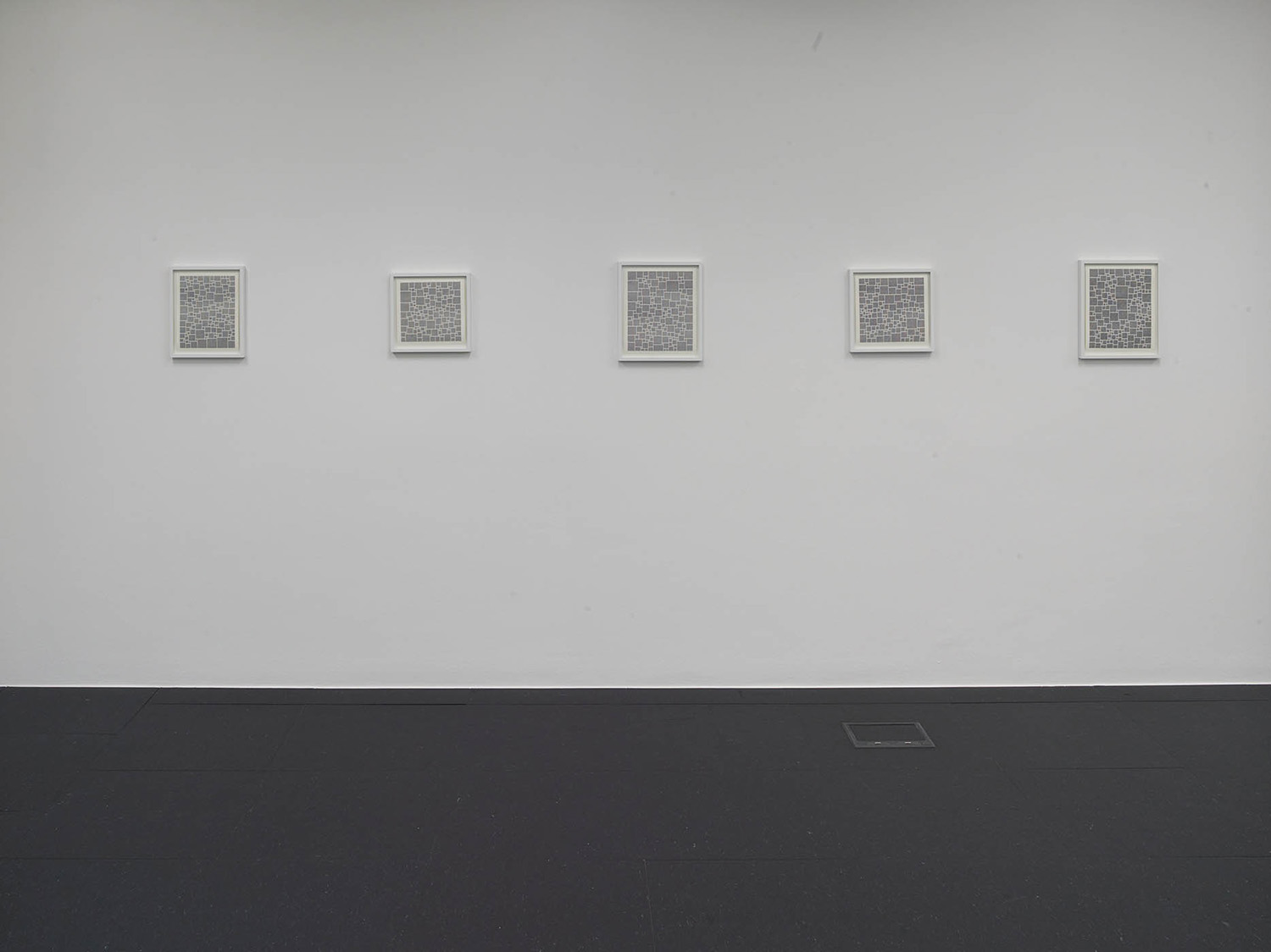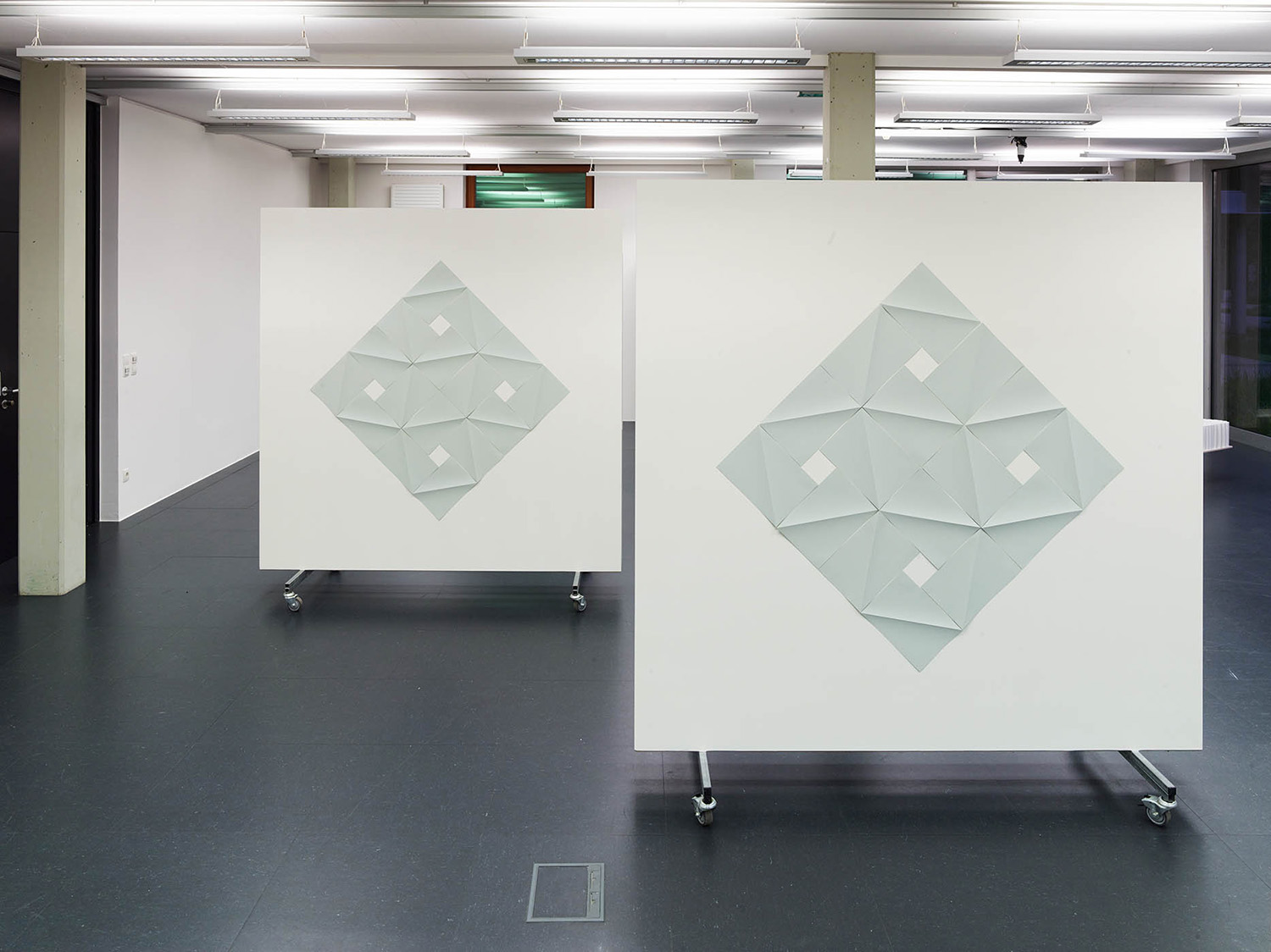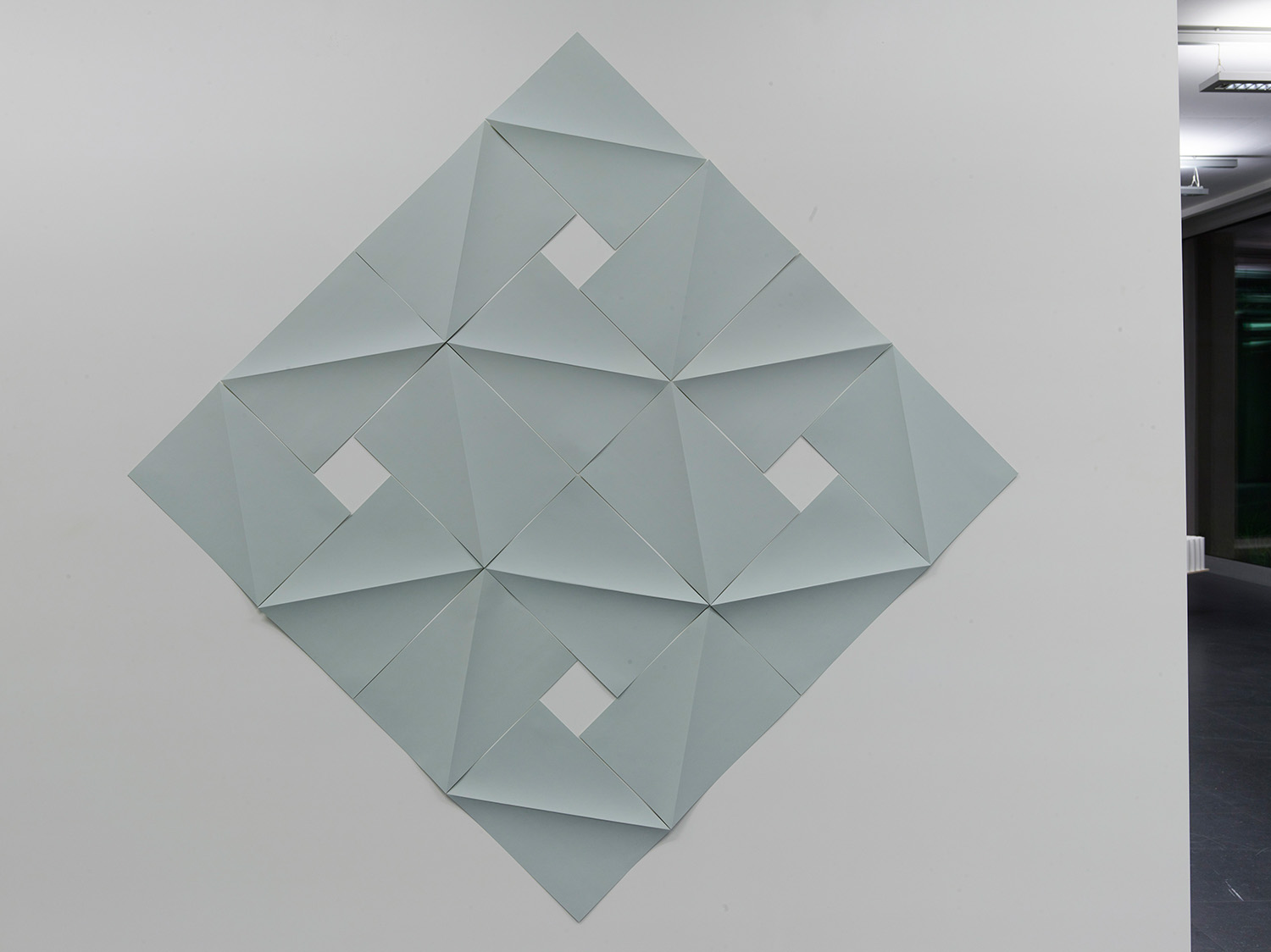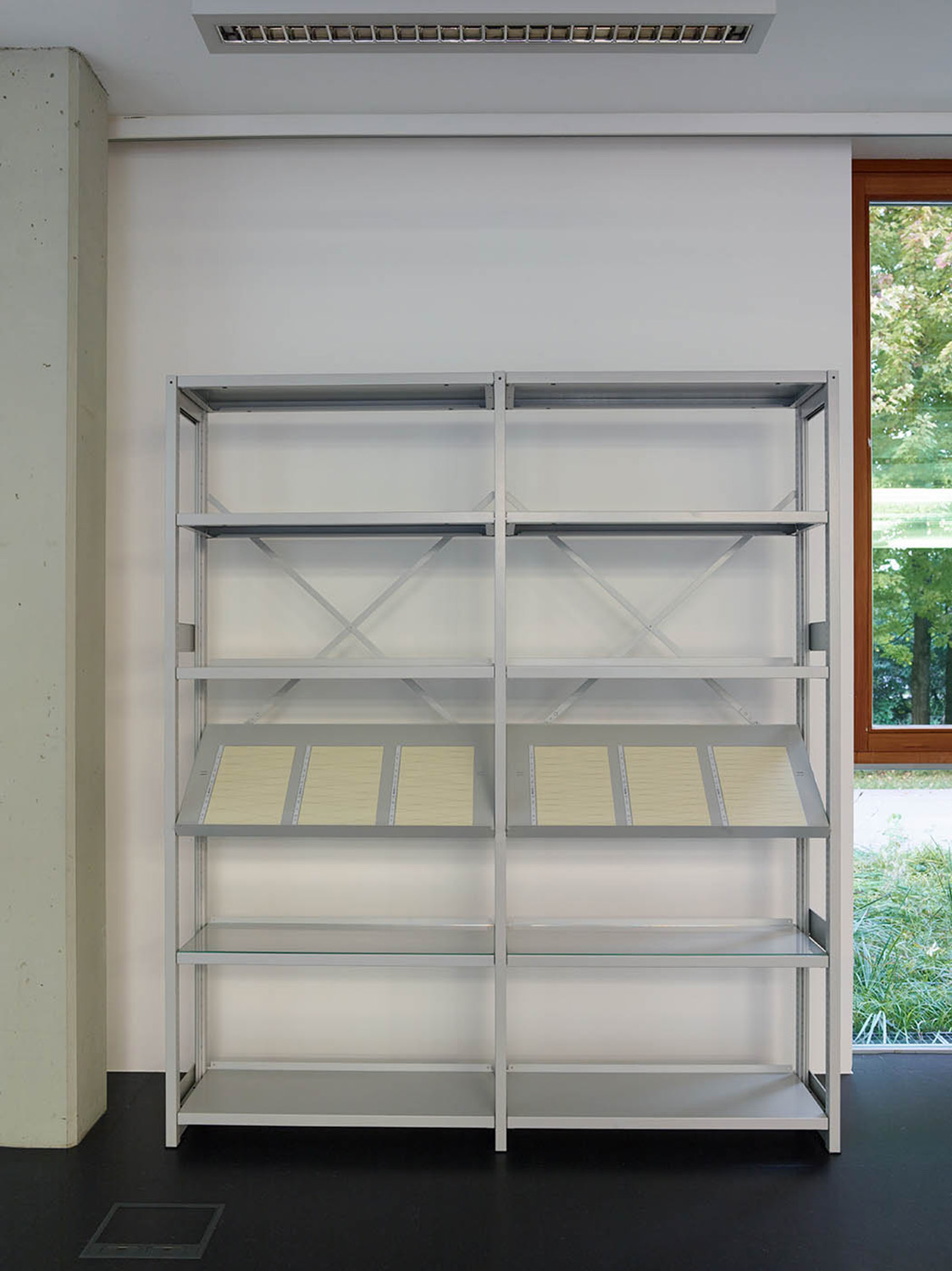Opening, October 1, 2019, 7 pm
Exhibition, October 2 – November 8, 2019
The daily office routine is actually not that different from the typical workday in the artist’s studio; in both cases, a wide array of materials on a specific theme are brought into the desired form. The Spanish-German artist Ignacio Uriarte is familiar with both environments. After studying business administration, he worked for international corporations and got caught up in the daily grind of making copies, wielding ballpoint pens, and crafting Excel spreadsheets. As an artist, he still focuses on the materials and media of his previous career: he works with printer cartridges that leave marks on the paper and desk—inadvertently in the office, intentionally as an artist; he uses the blue, red, green, and black ink of BIC ballpoint pens to scribble and to reflect on the time consumed by his own artistic activity; he deploys the pre-defined grids of spreadsheets and graph paper to bring his works into the desired format.
Although Uriarte produces his art using analogue means, methodologically he follows a machine logic that is determined by the digits zero and one—a logic that shapes not only the office routine but has also made inroads into the artist’s studio. The artist experiments with the tools of his past occupation by investigating the action sequences that are coupled with them. According to Uriarte, these are “ridiculously small gestures and routines,” such as folding a letter before putting it in an envelope or doodling on paper during a phone call: “I have strapped myself into the corset of these four office walls, from which I came and which I am not allowed to leave. Since I cannot expand in width, I must expand in depth. And in the depths of my research, more and more interconnections are created and I can carve out facet by facet.” As a result of this process, which Uriarte often achieves through repetition of the same movement pattern, works of art arise that adopt the formal language of Minimalism and Conceptual Art but are confronted with the generative methods of digital technologies that mark the production of art in the twenty-first century. The infinite loop—in artistic as well as economic/commercial contexts—simultaneously becomes the underlying principle of the work as well as its overarching theme.
At Kunstraum Lakeside, Ignacio Uriarte will be showing a selection of his works from the past ten years. They involve various reflections on the widely used DIN A4 paper format. Commercially available copy paper measures 210 × 297 mm, one of the many standards developed by the German Institute for Standardization (DIN). All other sizes in this series of standards, which was established in the 1920s, are generated from the ratio between the width and height of the A4 sheet of paper. Uriarte puts up for discussion in varying contexts the habits and practices that have been tied to this particular aspect ratio over the last nearly 100 years. The exhibition at Kunstraum Lakeside includes installations such as A4-Cycle (2004) and Fold Spin Couples (2012), in which paper sheets are processed in various ways to take on a completely new form. While in A4-Cycle countless sheets are rolled and assembled to form a volume with an organic circle pattern, in Fold Spin Couples two sheets of paper are simply placed on top of each other and folded into a form recalling a book.
Also on view are two folded pieces titled Diagonal Square Play (2016) and Square Waves (2017). In these works, Uriarte responds to the architecture of Kunstraum Lakeside by applying different surfaces to the gallery’s mobile partition system. The folds are often composed of negative and positive creases in the paper, familiar to us from folding letters at the office. Assembled on the walls sheet by sheet in a particular rhythm, these works negotiate the idea of the binary because their visual effect is created by the interplay of light and shadow. In photographs, the works resemble the sleek aesthetic of a 3D print created with an architecture program. In the exhibition space, by contrast, each work toys with its own imperfections and takes on a tactile physical presence as an architectural intervention in existing surfaces. Intervention in surfaces is also a central characteristic of Uriarte’s work X-Fields (2019), in which the artist looks for optimal spatial solutions within the sheet of paper. The piece consists of rectangles filled with the letter X using a typewriter.
Based on the assumption that office life is inevitably monotonous, and using repetition to trace specific work processes, self-referential moments occur often throughout Uriarte’s exhibition. “I am happy if I can incorporate different aspects of one and the same form in an exhibition—like a stack of paper, for example,” says the artist of A Stack (2010), a video that he is showing at Kunstraum Lakeside. In this animation, he makes a stack of paper grow sheet by sheet. Once the 2,000 single sheets have reached their maximum height, the stack immediately shrinks once again. The process takes 80 seconds and will be shown in an endless loop. “Whenever I find another work covering a different aspect of paper or the stacking of paper in an exhibition context, it is always a variation on the same theme. That is enriching for both the viewers and myself. I find it incredible that you can derive so many ideas and themes from virtually nothing.”
Ignacio Uriarte (b. 1972 in Germany) lives and works in Berlin.
www.ignaciouriarte.com
Quotations: „Ganz genau auf etwas ganz Banales schauen“ [“Look very closely at something very banal”],
Ignacio Uriarte in conversation with Franz Thalmair, in: KUNSTFORUM International, Band 242, Cologne: 2016, S. 142f.
